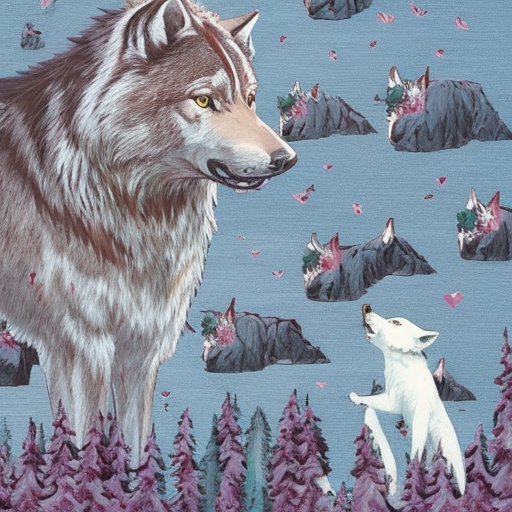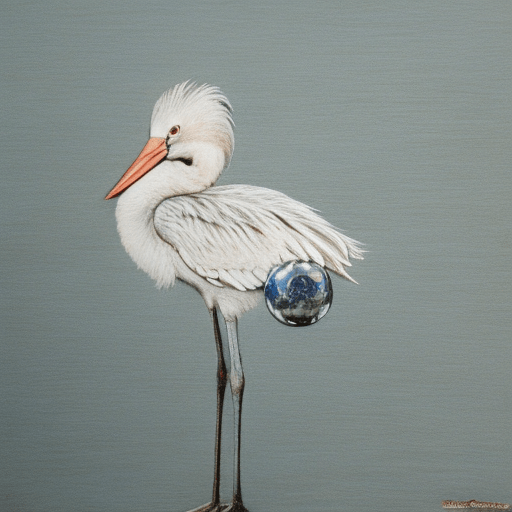One-line Summary:
Wolf Children, directed by Mamoru Hosoda, is a heartwarming and poignant tale that explores the challenges of raising children in an unconventional environment. It follows the journey of a young woman named Hana, who falls in love with a mysterious man who can transform into a wolf. After his untimely death, Hana must navigate the complexities of raising their two half-human, half-wolf children, Yuki and Ame, in a world that struggles to accept their unique identities.
Main Cast and Crew:
- Director: Mamoru Hosoda
- Writer: Mamoru Hosoda
- Music Director: Masakatsu Takagi
- Director of Photography: Yukihiro Masumoto
- Producers: Takuya Itō, Yuichiro Saito, Takashi Watanabe
- Main Cast:
- Aoi Miyazaki as Hana
- Takao Osawa as Ookami
- Haru Kuroki as Yuki
- Yukito Nishii as Ame
Plot:
Wolf Children begins with Hana, a college student, who falls in love with Ookami, a man who can transform into a wolf. They start a family together and have two children, Yuki and Ame. However, tragedy strikes when Ookami dies, leaving Hana to raise their unique children alone.
Hana decides to move to the countryside, away from the prying eyes of society, to provide a safe and nurturing environment for her children. As Yuki and Ame grow up, they face the challenge of embracing their dual nature – part human and part wolf. Yuki, the older sibling, is outgoing and adventurous, while Ame is more introverted and contemplative.
The film beautifully depicts the struggles Hana faces as a single mother, trying to balance her children’s needs and desires with the realities of the world. She learns to farm and live off the land, teaching her children the importance of hard work and perseverance. As Yuki and Ame grow older, they must make their own choices about their identities and futures.
Yuki, realizing that she wants to live as a human, decides to attend school and integrate into society. On the other hand, Ame feels a strong connection to his wolf heritage and chooses to live in the mountains, embracing his wild side. The film explores themes of identity, acceptance, and the complexities of motherhood, as Hana supports her children’s individual paths.
Themes and Motifs:
Wolf Children delves into themes of self-discovery, the importance of embracing one’s true nature, and the challenges of parenting. It highlights the struggle of individuals who feel like outsiders in society and the need for acceptance and understanding. The motif of transformation is prevalent throughout the film, symbolizing the characters’ growth and evolution.
Reception and Legacy:
Upon its release, Wolf Children received critical acclaim for its emotional storytelling, stunning animation, and relatable characters. It won numerous awards, including the Japan Academy Prize for Animation of the Year and the Animation of the Year award at the Tokyo Anime Awards.
The film’s legacy lies in its ability to touch the hearts of audiences worldwide, resonating with its universal themes of love, family, and self-acceptance. It continues to be celebrated as one of Mamoru Hosoda’s most beloved works and a standout in the genre of animated films.
Recommendation:
Wolf Children is a must-watch for fans of animated films and those who appreciate heartfelt storytelling. It offers a unique and touching perspective on the challenges of parenthood and the search for identity. With its beautiful animation and relatable characters, this film is a true gem that will leave a lasting impression.
Memorable Quote:
“Life is basically like a soap bubble. It rides on the wind, flying here and there…and before you realize it, pop! It’s gone. When it’s about to disappear, you think that you could’ve flown a bit higher.” – Hana












